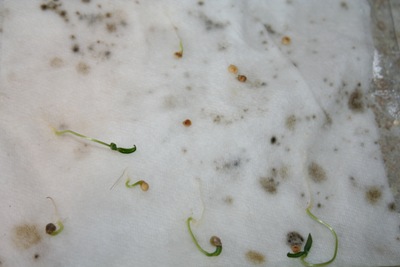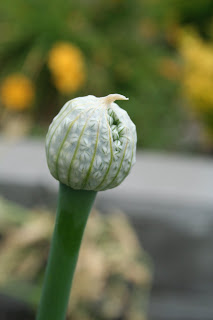Money-Saving Tips for the Organic Gardener
13.7 years ago cheap, organic, recycle 5 Comments
Organic gardening is a hobby many find relaxing and rewarding, and you can take a bite out of your produce bills by eating the delicious fruits and vegetables your efforts yield. However, between the many different planting and gardening tools and supplies you’ll need, the costs can really add up, and anything you can do to save a buck or two here and there will help. Fortunately, there are all kinds of simple money-saving gardening tips for the organic gardener looking to keep expenses under control.
Save Money on Seeds and Planting
If you’re looking for plant trays, hold off before buying brand-new ones. Many garden centers and nurseries will be more than happy to give you their used ones, so be sure to ask if you’re heading out there to pick up seeds or supplies. You can use them as starting pots; they work especially well for kicking off a hardy plant’s growth cycle.
Reusing household items for your gardening whenever possible is one of the best ways to save a few bucks. For example, rather than purchasing seed storage containers, you can use empty film canisters, which you can label to ensure you know which seeds are which. Separating individually started seeds in yogurt containers, plastic bakery trays or ice cube trays is another strategy you can use.
More Money-Saving Organic Gardening Tips
If you’re new to the world of organic gardening, it’s a good idea to get secondhand tools and supplies; you may also find it worth your while to choose plants that are easy to grow and care for so you’re not wasting time and money on finicky, fragile and difficult plants. Mint, lemon balm, thyme, sage and rosemary are excellent beginner herbs. Garlic, radishes, kale and potatoes are recommended vegetable crops for new organic gardeners.
You can cut down on your water usage by harvesting rainwater and creating tiny irrigation moats around your garden that allow you to store water and direct it to where it’s needed. Plants thrive when they’re given rainwater to drink; it’s naturally softened, free of chemicals and additives, and it’s pH-neutral, which in turn helps you maintain the proper pH level in your soil.
Get creative to save even more. If you have old tree stumps, make them part of your garden plan instead of paying several hundred dollars for professional removal. Simply hollow out the center of the stump and grow plants in it!
About the Author
Dontel Montelbaun is a lead writer for www.livetogarden.com, and is an advocate for organic gardening. On LiveToGarden.com you can find articles from Dontel focusing on flowers, outdoor living and landscape design.









